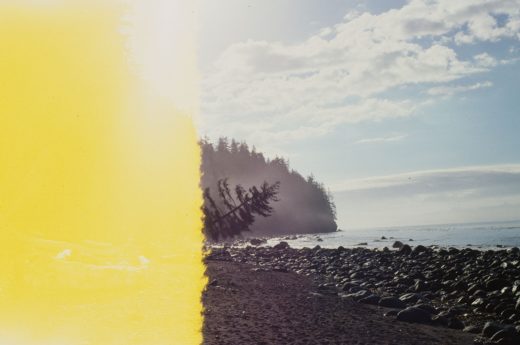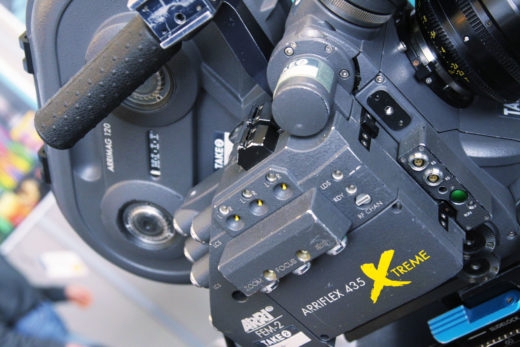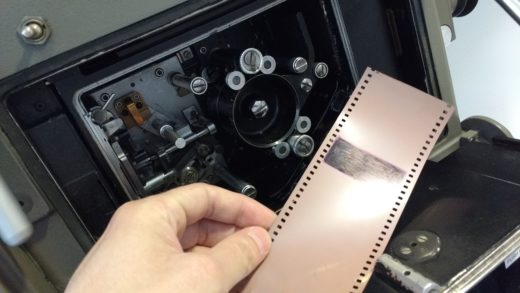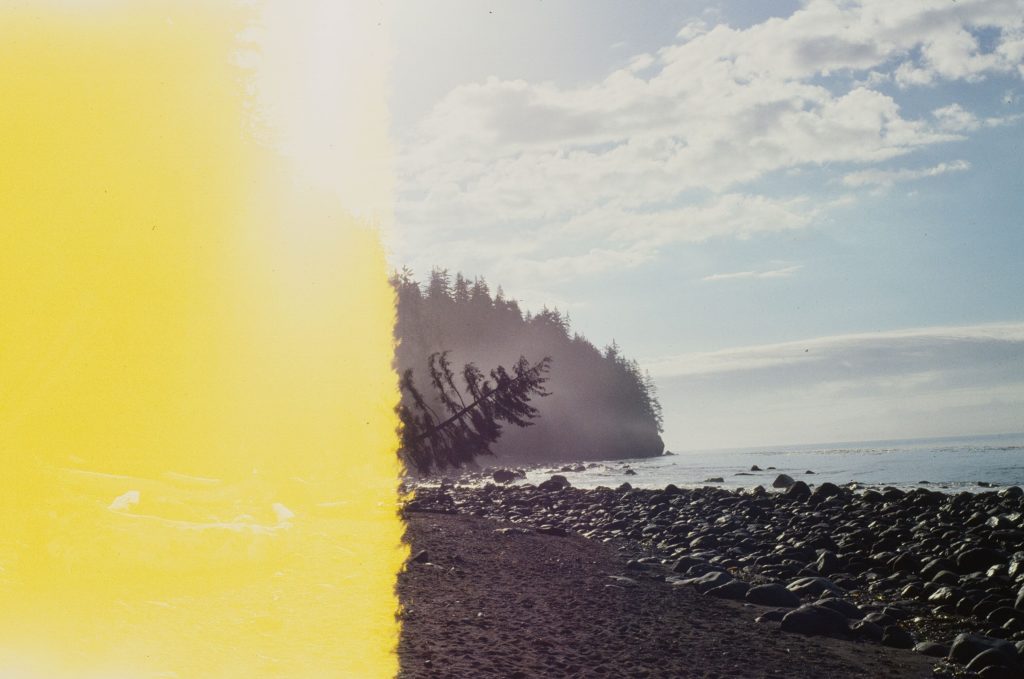
If you put the film the other way around, there’s even less grain!So we’re twenty years in to the digital acquistion revolution, and somehow, despite being expensive, noisy, unstable, flickery, dim and covered in black dots representing the projectionist’s recently-shed dandruff, film is still the holy grail. That probably explains the gold-plated existence of things like VideoVillage’s FilmBox, a piece of film emulation software in which the company has enough confidence to charge up to $5,000 for a licence aimed at high-end users. Published images look very good, with faithful simulation of blooming, variable grain density with respect to image luminance, gate weave, and scanned particles of real dandruff.
Even so, that feels like an ambitious price for something which simulates things that some of the most highly qualified engineers in the industry spent decades trying to mitigate. What’s more, what most film simulations actually simulate – and not wanting to pick on the people at VideoVillage unfairly – is film from about 1985, which seems to be the sweet spot between things that look modern enough to be acceptable to lay audiences of the 2020s, but old enough to actually look like film. The problem is that modern film, and the technology surrounding it, is very good, to the point where it sometimes doesn’t look very – what’s the word – organic. Well, it does, but possibly not enough to satisfy the producer who paid for it.

What film really is
Modern film is fairly low in contrast, because at some point in the digital switchover dynamic range was a selling point and it was a fight film could handily win. It’s also very low in grain, especially if we insist on the very best that film can do – and who, given the budget, wouldn’t. Shoot 5-perf 65mm on 200-speed film, and the grain is a more or less theoretical construct in the context of an HD scan, even before the invention of electronic grain reduction. Modern scanners with digital stabilisation can also produce images with better registration than a mechanical arrangement ever could and scans can practically be dustbusted on a cellphone in 2022.
None of this gets us very close to the sort of things people tend to have in mind when they gaze, eyes moistening by the second, at classics of 80s cinematography. Aliens, Dune and Back to the Future were all shot (at least in part) on Kodak’s long-defunct 400T stock 5294, which was decidedly organic. 5219, the nearest modern equivalent, is significantly less so, as we might expect for something at least three generations more advanced. Remember, grain and crushed shadows used to be faults.
What people think film is
Now they’re not, people have started recording digitally-acquired footage out to 35mm film, and scanning it back in (it’s even been called “analog intermediate” by Fotokem, a title which certainly scores for wit). Then, because that didn’t look enough like film, despite being film, people have started using a smaller area of the film, to increase apparent grain size (it’ll also increase instability and certain optical artefacts but that’s probably not the purpose of it).

Then, because this possibly still wasn’t enough, people have started putting the precision optical equivalent of sunglasses on ArriLaser film recorders, so that they can be used to record to camera negative. Ordinarily they were intended for use with intermediate stock, which is incredibly slow so that it can be incredibly fine-grained, which used to be a good thing. Suddenly isn’t a good thing anymore, and we discover that the brightness controls on many film recorders don’t go far enough to accommodate 500-speed camera negative.
No matter what anyone thinks of any of this, though, the reality is that people are pushing for a film look that doesn’t actually give you the sort of look you’d get if you just shot film, at least if you shot in-date, modern film on modern cameras with modern lenses, processing and transfer. It’s a sort of idealised, rose-tinted memory of the past. Witness the fact that a lot of the most fashionable simulations of grain are more monochromatic than the actual grain created by colour film, because splotches of colour look uncomfortably like video noise.
And of course, there’s nothing whatsoever wrong with that. Filmmakers regularly embrace hyperreality. Anyone is free to create any image that will get through a quality control process. We do that in the knowledge that some outlets are now extremely picky about the process by which people produce things, and that many reasonable grain simulations are singularly unlikely to make it through the distribution codec entirely unscathed. Still, given a world in which many people have not seen any significant amount of real film grain, there’s nothing stopping us using an entirely unreasonable grain simulation. After all, there are cellphone apps out there which make your phone look as if it’s shooting VHS, and not even good VHS. If there was ever a time for the technical purist to flip the table and stalk out muttering “do what you like,” it’s now, but there’s never been more fun to be had.

Filmtools
Filmmakers go-to destination for pre-production, production & post production equipment!
Shop Now













